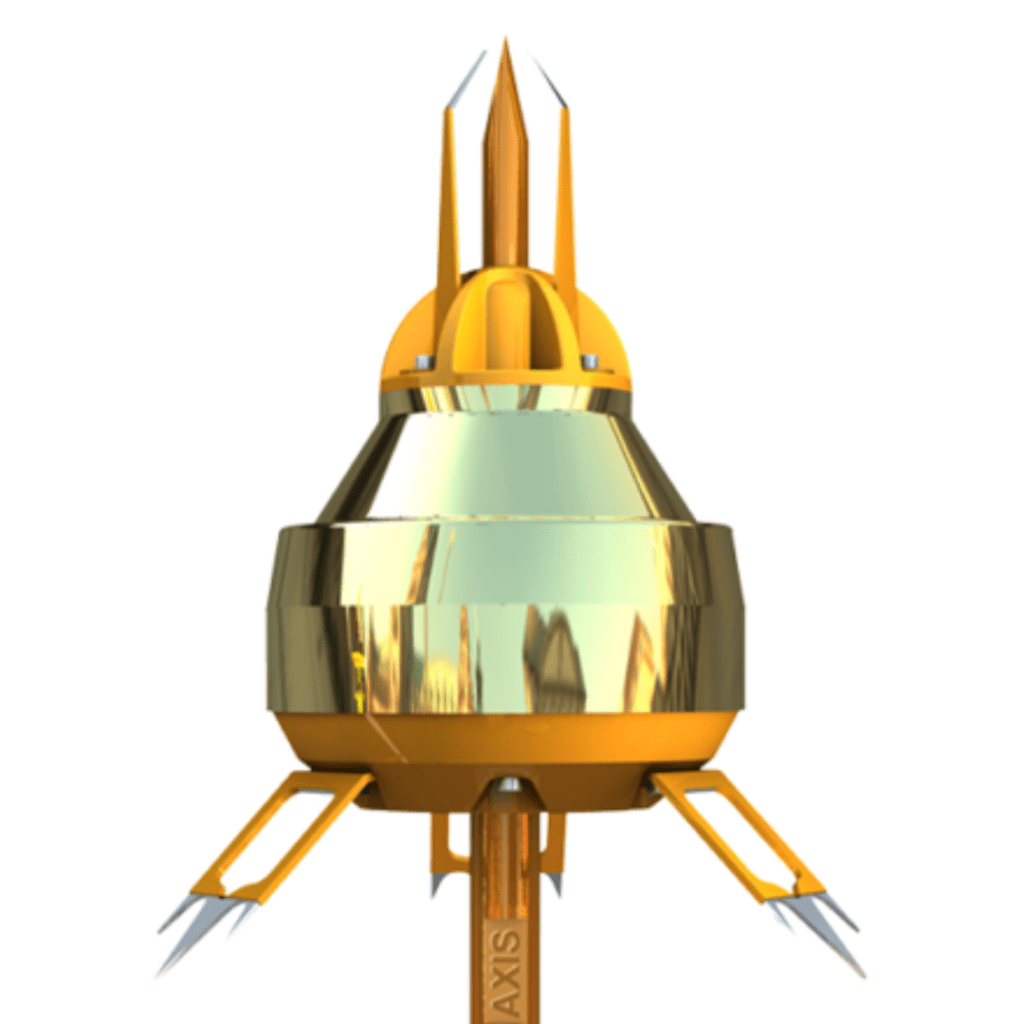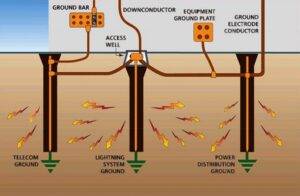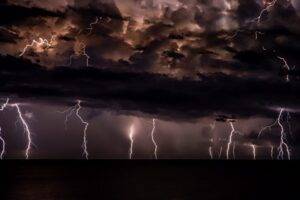What is Lightning Protection?
Whether we talk about Early Streamer Emission (ESE) Lightning Arresters or convential forms of lightning protection such as Franklin Rods – they are mounted on the top of a structure and then grounded using a series of conductors. This system is intended to protect the structure by making lightning preferentially strike the lightning rod, instead of the strucure, allowing the dangerous electrical surge to be grounded by passing through the conductors and then the ground rod.
Based on the class of protection for the structure, decided using a lightning risk assessment system, the lightning arrestor has a defined zone or radius of protection. If any part of the structure is outside this zone of protection, more lightning protection in the form of Lightning Arresters, conductors, accessories and grounding equipment will be required. This would raise the overall cost of a project.
How is Early Streamer Emission (ESE) different?
According to the Axis website, “there is a spike in the ambient electrical field when a storm approaches the site” which “generat(es) an upward leader from the tip of the ESE lightning arrester”. According to the website, this “working principle allows for an enhanced radius of production provided by Early Streamer Emission Lightning Arrester than by a conventional lightning rod”.
Thus, in essence, ESE is a technologically superior lightning arrestor to the convential form of lightning protection because the upward leader increases the zone of protection, thus allowing a structure to utilise fewer lightning arrestors and lowering the overall project cost.
Are these Claims True?
Currently, some of the largest manufacturers for Early Streamer Emission products are from Spain and France and thus, the testing standards for ESE are from these countries (N FC 17-102 is the French Standard). As per NFC 17-102, the ESE system is based on the time difference (ΔT) between the emission time of a conventional lightning arrester and an early streamer emission lightning arrester, as demonstrated in high voltage testing laboratories. NFC 17-102 states that the ΔT for an ESE Lightning Arrester should be at least 10μs – this means that the emission time of the ESE is at least 10μs faster than those from a Franklin Rod.
The International Electrotechnical Commission (IEC) prepares and publishes International Standards for all electrical, electronic and related technologies and is the leading international organization in its field. IEC 62305 – “Protection against lightning”, published by this body, is the international standard for lightning protection from which most national standards are derived. This standard states in the first line of its introduction that, “There are no devices or methods capable of modifying the natural weather phenomena to the extent that they can prevent lightning discharges”. However, the ESE technology does not claim to prevent lightning discharges. You can find a preview of that standard here.
This standard also states that the zone of protection determined for an air termination system shall be defined only by the physical size of the system and that there is a lack of proof if this zone can be enhanced. The most basic claim of ESE manufacturers is that their product helps enhance the zone of protection but the IEC standard for lightning protection states that there is a lack of proof on whether or not that is true.
Lightning protection and earthing/grounding are important elements to keep in mind for any structure. Please carefully review the academic literature on the subject and make an informed decision that helps protect the people and the equipment inside your buildings.
Axis offers a full range of products of ESE Lightning Protection & Conventional Lightning Protection and grounding/earthing systems that have been tested as per international standards. Please visit our website to learn more about them.
To learn more about the standards for lightning protection and system design, you can watch our video on the subject or read our blogs.
If you have any further questions or requirements, please feel free to contact us.







